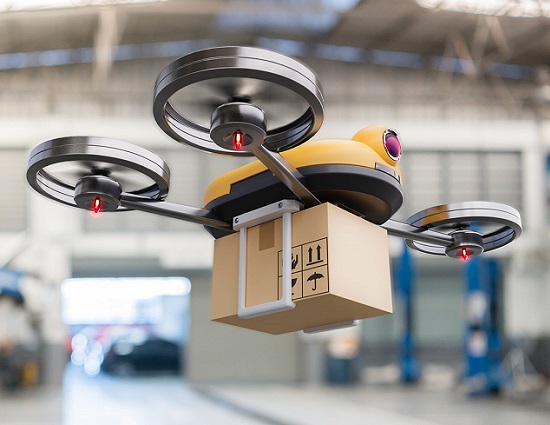
動的に変化する環境下における自律移動ロボット
近年、AIを搭載した自律移動システムは著しい進歩を遂げようとしています。動的に変化する環境下における自律移動ロボットは、産業に新たな自動化の機会をもたらすものとなるでしょうか?

近年、AIを搭載した自律移動システムは著しい進歩を遂げようとしています。動的に変化する環境下における自律移動ロボットは、産業に新たな自動化の機会をもたらすものとなるでしょうか?

The global labor shortage, the sky-high consumer demand, the advanced technology capabilities and the willingness of businesses and VCs to invest are all combining. The world is ready to accelerate the adoption of robotics and automation.

To decentralise, or not to decentralise, that is the question. This Web3 dilemma reflects the likely thoughts of current digital leaders who want to make the best use of their digital assets while maintaining trust in their data systems.

They are already physically loading our online shopping baskets, vacuuming our homes and maintaining our lawns. But what will it take for automated and autonomous systems to proliferate across industry and society – on the roads, city streets, building sites, fields, factories and schools?

It’s a common fallacy that perfecting navigation for robots and autonomous vehicles is straightforward. Actually, it’s a tough nut to crack. But our robot navigation algorithm could unlock a range of industrial automation applications.

本ホワイトペーパーでは、「ゴミをお金に換える」ことが、様々な分野でどのように先行者利益を得るチャンスを企業にもたらすかを解説します。明確な問題解決アプローチを用い、単に炭素を捕捉する方法として考えられていたものが、価値のある生物由来化合物の生産という利益をもたらす可能性があることを紹介します。